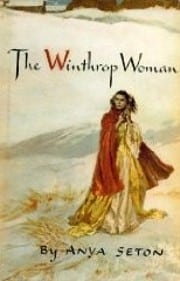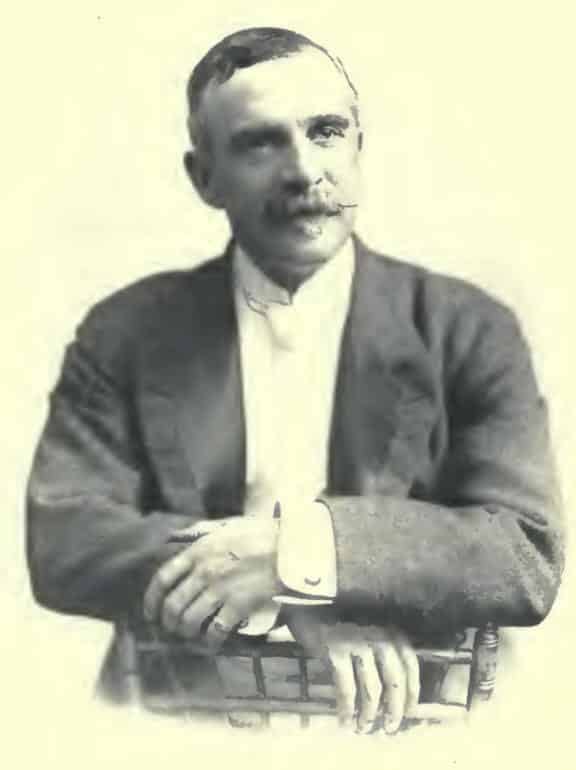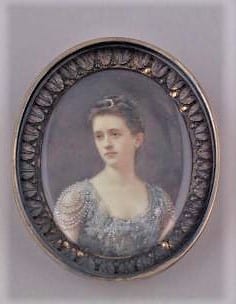Self-Guided Walking Tour
Greenwich Point Park
Approx. Time
1.5 Hours
Greenwich Point Park Tour
Tour Overview
This tour features original structures, historical markers, a holly grove, a walled garden, large saltwater tidal ponds, an islet with a sculpture of an eagle, a marvelous view from the hilltop site of the Tod manor and many stories about the development of this historic property.
Visiting all the stops on this tour in order will take a leisurely 1.5 hours. You may wish to spend the rest of the day enjoying everything the park has to offer!
The tour narrative is written so that you can read along as you go. We have included some positioning suggestions to help you rest periodically and refresh yourself.
The Stops
- Innis Arden Cottage
- Sue H. Baker Pavilion at the Old Barn
- The Holly Grove
- Eagle Pond
- Old Greenwich Yacht Club
- The Thames Anchor and Plaque
- The Chimes Building
- Seaside Garden
- Innis Arden House (foundation, tower)
- 375th Anniversary Plaque
Greenwich Point Park has had many names over the past 400 years:
The native Siwanoy referred to it as “Monekewaygo,” which translates roughly into “shining sands.”
Early settlers referred to it as “Elizabeth’s Neck,” referring to the particular purchase of this point of land by Elizabeth Fones Winthrop Feake in 1640.
J. Kennedy Tod built his 147-acre Victorian estate here in the 1880s and named it “Innis Arden,” using his native Scots Gaelic for (again, roughly) “tall island.”
A public park was established and named Greenwich Point Park in 1945 when the town purchased the property from the New York City Presbyterian Hospital.
Today, it’s often just called: “The Point!”
Origins of Greenwich
The Town of Greenwich traces its origin to 1640 when Robert Feake and Captain Daniel Patrick promised to provide “twentie five coates” to the local Siwanoy tribe for the land lying between the Asamuck River and the Patomuck Brook. The Asamuck runs along the southern border with Stamford through Innis Arden Golf Club; the Patomuck runs through Binney Park to Greenwich Cove. Robert Feake’s wife, Elizabeth, “purchased” Monekewaygo separately. Her property encompassed all the land now part of the park and some additional land to the north. Hers is one of the earliest instances of a woman individually holding title to real property in the New World.
The Winthrop Woman

Elizabeth’s personal story is the stuff of fiction – literally!
Local Greenwich author Anya Seton wrote about her life in The Winthrop Woman. Printed in 1958, Seton weaves historical fiction out of the temperament of and the choices made by the spirited, thrice-married, singularly adventurous woman.
The Tods

John Kennedy Tod was a Scotsman born in Glasgow on September 11, 1852, to Andrew and Mary Kennedy Tod. He was the third oldest of thirteen children. Initially, he came to America in 1868; however, he spent most of the 1870s back in Scotland where he worked in the iron trade and played rugby for the Glasgow Academicals.
Tod returned to the US in 1879 and started working for his uncle, John Stewart Kennedy, at his investment firm, J. S. Kennedy & Co. They were key financiers of the explosive growth, expansion, and reorganization of railroad companies in the late 19th century. When Kennedy retired in 1883, he had no children of his own. He arranged for his nephew to succeed him and the company was soon reorganized as J. Kennedy Tod & Co.

Just a year prior, Tod married a woman of impressive pedigree, Maria Howard Potter. Shortly thereafter, in 1884, they purchased a 40-acre parcel of land at the western end of Greenwich Point from the Ferris family. By 1887, the Tods owned the entire 147-acre peninsula — and the Ferris family, farmers who had lived on the land for 200 years, were replaced in the Gilded Age by a wealthy couple from New York City.